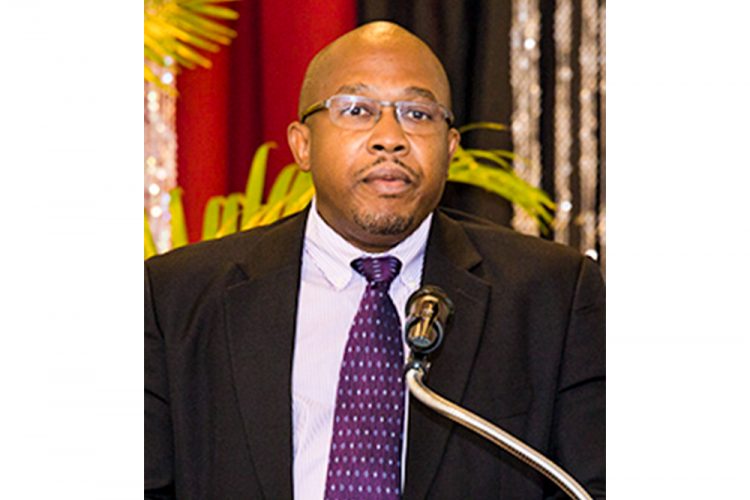After welcoming 31.5 million stayover visitors in 2019, tourism officials are predicting that the Caribbean will be the destination of choice for even more travellers this year.
However, keeping a close eye on regional and international developments, officials have cautioned that the performance of the region’s bread and butter tourism industry this year will depend heavily on several events including the deadly Coronavirus Disease (COVID 2019).
Last year, the 31.5 million visitors to the Caribbean represented an increase of 4.4 per cent, or 1.3 million more tourists over 2018.
And officials are forecasting between one per cent and two per cent more visitors for 2020.
Visitor expenditure for last year was estimated at US$40.6 billion, a 3.3 per cent increase when compared to the US$39.2 billion estimated in 2018.
Cruise visits increased by 3.4 per cent to 30.2 million, representing the seventh year of consecutive growth for the region.
Delivering the annual review and outlook of the region’s tourism performance, Acting General Secretary of the Caribbean Tourism Organisation (CTO) Neil Walters described 2019 as a “great” year overall for the region’s tourism.
He pointing out that the achievements were made despite several challenges such as the global economic and political uncertainty and the impact of climate change which led to extreme weather events in some cases.
“As we navigate 2020 concerns remain over the global economic, environmental, political and social uncertainty including the US presidential election, the impact of climate change and extreme weather events and health threats and issues especially the Coronavirus (Covid 19). All this could influence our performance,” he said.
“There are other factors such as less than adequate intra-regional air access and high levels of taxation which may hinder travel. However, destinations are making improvements to the infrastructure and there is renewed investment regionally in tourism facilities for both air and sea travellers,” said Walters.
He said he was expecting tourist arrivals to further normalize this year in the 2017 hurricane-impacted destinations, while other destinations should show “modest growth”.
The CTO official has also promised that the organisation was in constant contact with the Caribbean Public Health Agency for regular updates and has put several protocols in place to help with the region’s safeguard against Covid 2019.
Last year, the destinations most impacted by hurricanes in 2017 saw some of the highest rates of growth – St Maarten (80 per cent), Anguilla (74.9 per cent), British Virgin Island (57.3 per cent), Dominica (51.7 per cent), the US Virgin Island (38.1 per cent) and Puerto Rico (31.2 per cent).
The US was the best performing market for the region, registering an increase of ten per cent to reach a record 15.5 million visitors.
The Caribbean market also registered an increase of 7.4 per cent to reach two million visitors.
However, there was a slight decline of 0.4 per cent in the Canadian market, with the region recording some 3.4 million visitors.
The Europe market was also down by 1.4 per cent with 5.9 million visitors, while the South American market recorded the biggest drop of 10.4 per cent with only 1.5 million visitors coming to the Caribbean over the review period.
“The UK was down by 5.6 per cent, to approximately 1.3 million visitors,” said Walters.
According to STR Global, average daily room rate increased some 5.6 per cent to reach US$218.82 while room occupancy averaged around 63.7 per cent in 2019, a decline of about 2.7 per cent, when compared to the previous year.
Chairman of the CTO Dominic Fedee lauded the recovery in the hurricane-affected islands, saying their performance was very encouraging.
With the continued spread of the deadly Covid 2019 globally, Fedee warned of the need for a sustained collaborative approach among Caribbean destinations to keep it at bay.
“I think it is the only way we are going to win,” said Fedee.
marlonmadden@barbadostoday.bb





